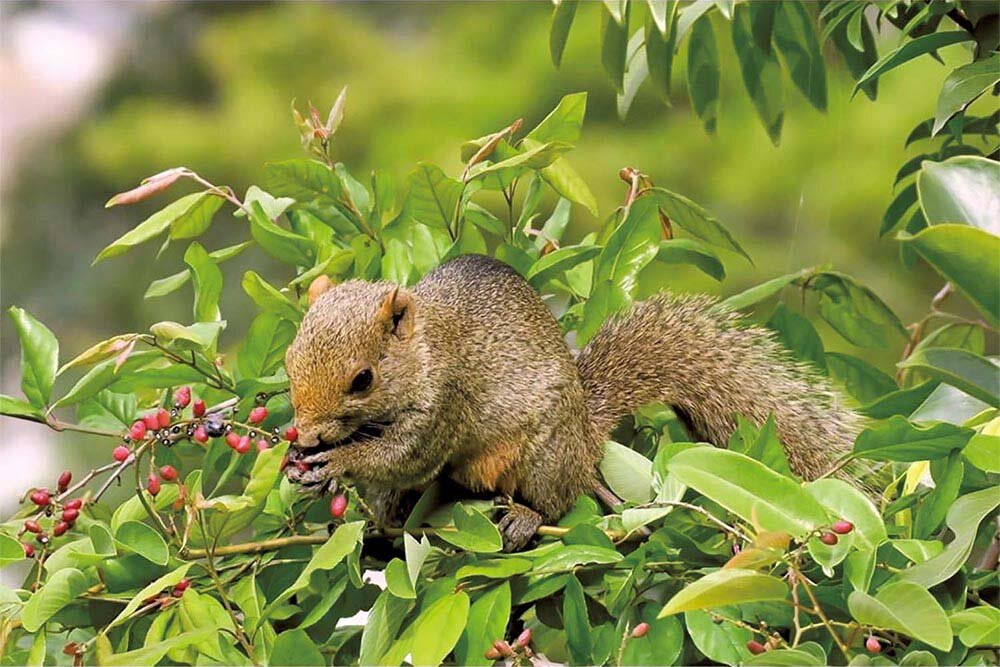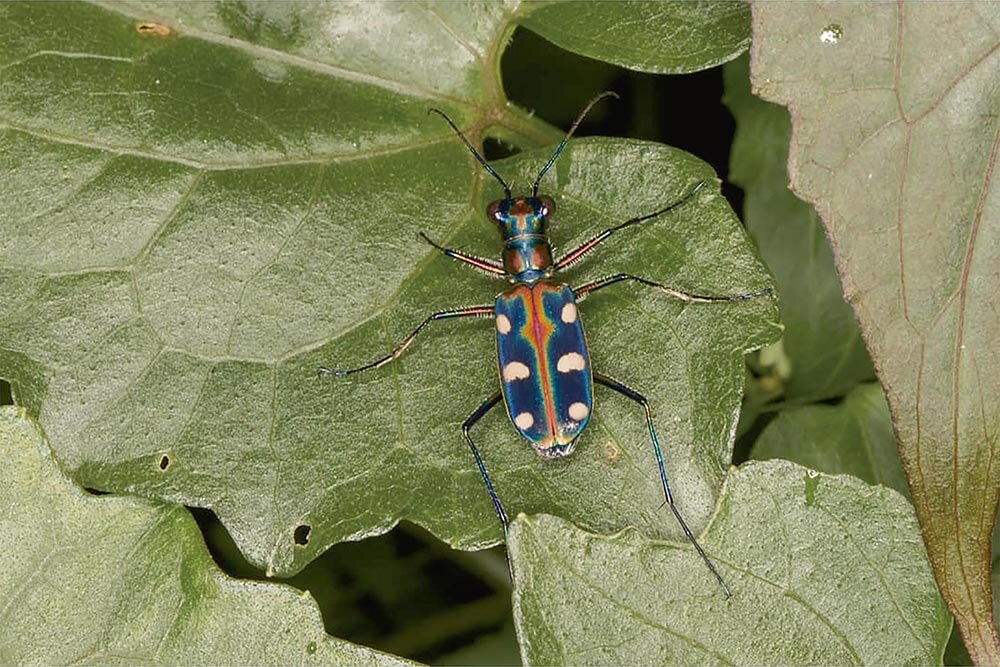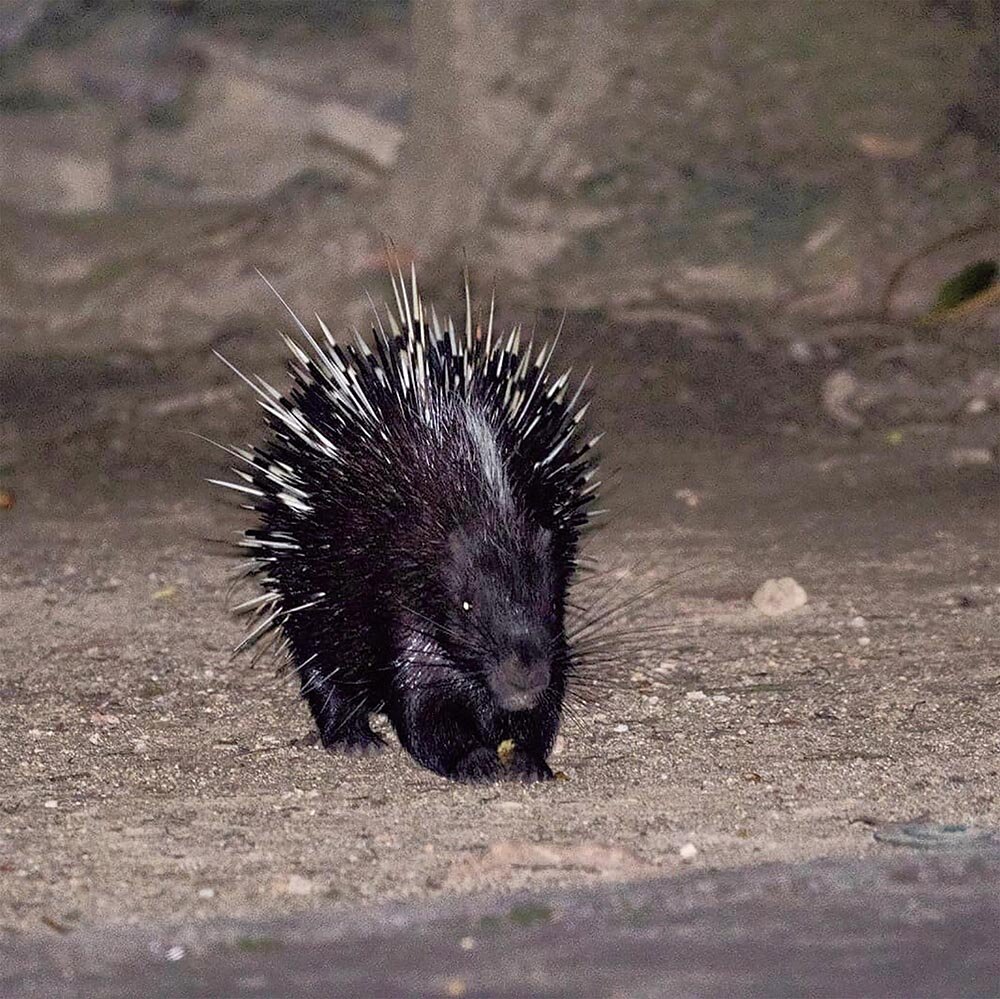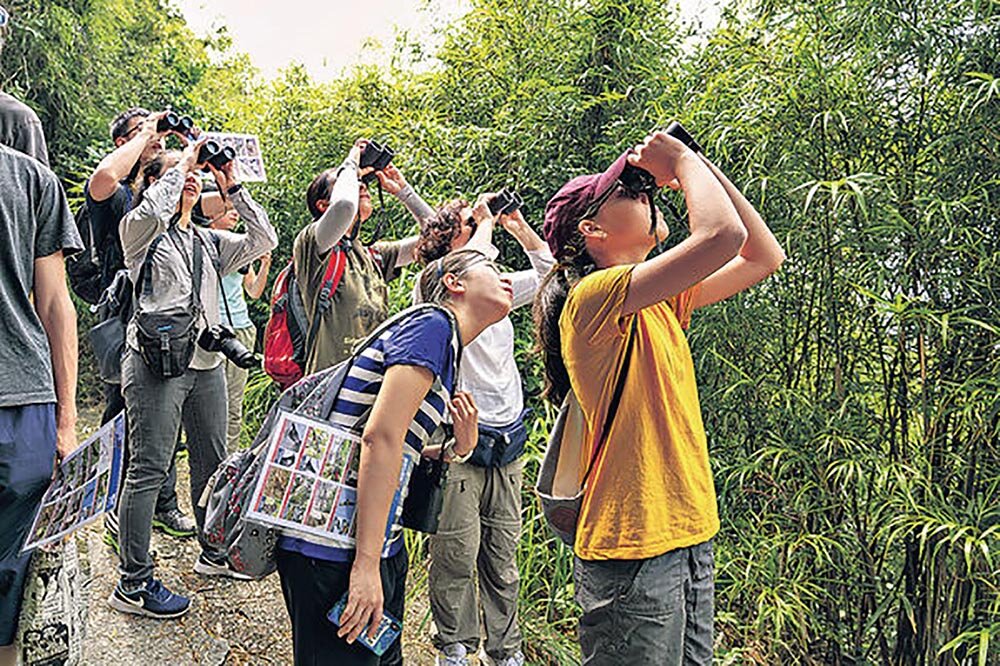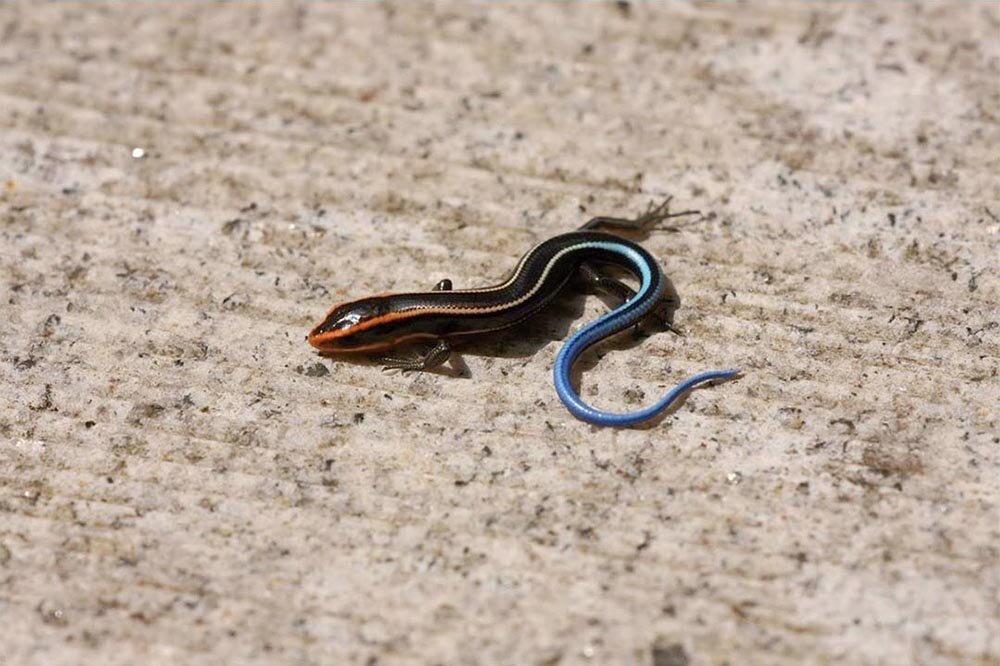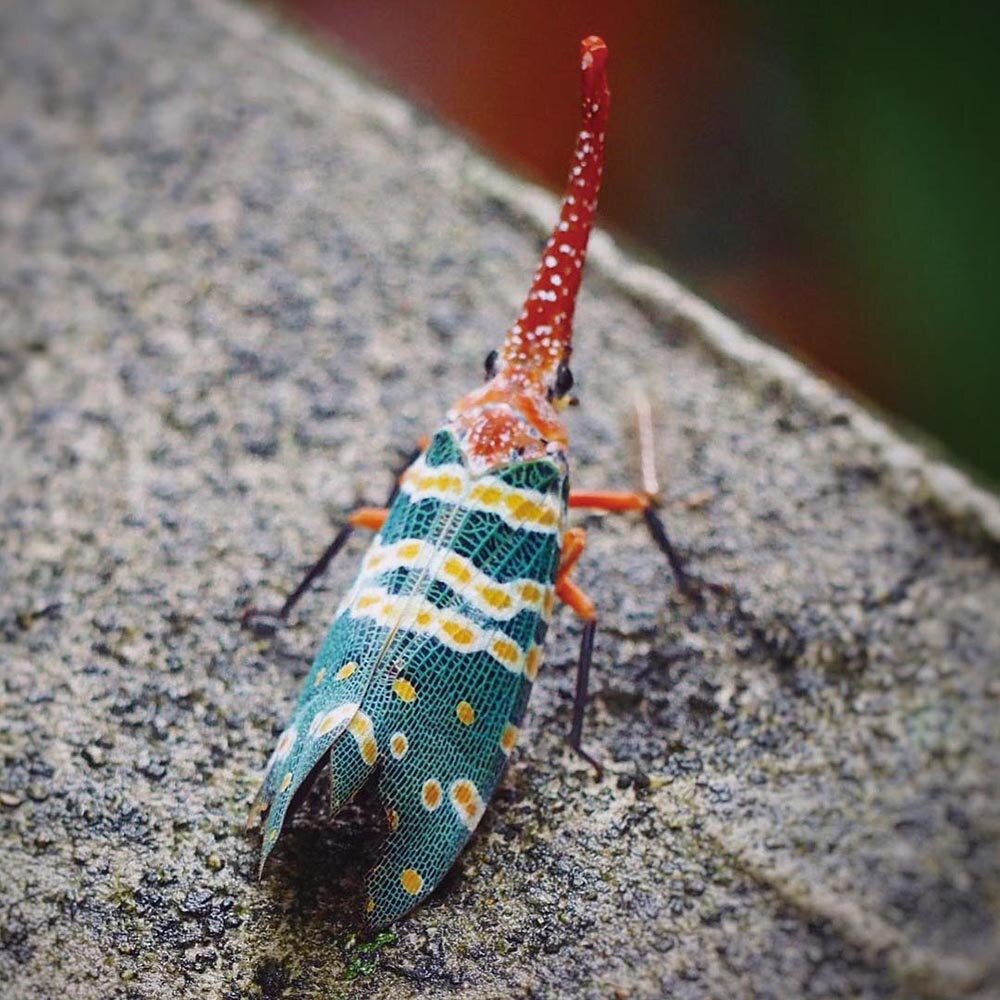






Talk of the Town

Mahjong for All
See and experience the traditional game’s modern-day makeover at Karen Aruba Studio
Mahjong for All
See and experience the traditional game’s modern-day makeover at Karen Aruba Studio
Culture > Talk of the Town |
Mahjong for All
December 16, 2020 / by China Daily Lifestyle Premium
Image above: Master craftsman Ricky Cheung Sing-chung in the studio
The 2020 limited edition Christmas Mahjong Gift Set
Call it classic meets contemporary or an old tradition with a modern twist. For the next month (until January 30, 2021), Karen Aruba Studio will bring visitors on an immersive journey of revival under the theme “Wanderlust in Mahjong Craftsmanship” every Saturday afternoon at its studio in the Jockey Club Creative Arts Centre (JCCAC) in Shek Kip Mei.
Illustrator Karen Aruba’s grandfather set up the Fuk Hing Lung Mahjong Factory in 1963; it was shuttered in 2009. With her father, Ricky Cheung Sing-chung, one of the few remaining crafstmen for hand-carved mahjong tiles in Hong Kong, the pair strive to preserve the traditional mahjong-making process that has been registered as intangible cultural heritage in the city.
Visitors to the studio can admire historic hand-carved mahjong tiles, consult books about the history and art of mahjong, and marvel at the trendy designs and workshops – which combine hand-carving skills with laser-engraved technology, mix Chinese and Western cultural influences, and see tiles painted in refreshing new colours.
Mahjong, a game consisting of 144 tiles based on Chinese characters and symbols, involves four players – though there are three-player variations in Japan, South Korea and throughout Southeast Asia. Invented during the Qing Dynasty (1644–1912), the game has since spread worldwide and enjoys a strong cult following in the West; American brand Abercrombie & Fitch was selling mahjong sets in the US from 1920 onwards.
It was said that the clacking of the tiles during shuffling resembled the chattering of birds, so the game was originally called “maque” – meaning “sparrow” in Mandarin, which continues to be referenced in the Cantonese “ma jeuk” today. Meanwhile, in Thailand, mahjong is still referred to as “sparrow cards”.
These days, the legendary game has been adapted into widespread digital formats for entertainment across the globe. Thus, contemporary mahjong is now being viewed from a new artistic angle in local Hong Kong culture, and Karen Aruba Studio has been invited to show at exhibitions in PMQ and Hong Kong Youth Square. Visitors to the studio can take in the tiled art, and will also appreciate the pair’s new collection of Travel Mahjong City pieces and the Gold Leaf Hand-Carving Mahjong Set. It’s a win-win for all.
Karen Aruba Studio, L6-15, JCCAC, 30 Pat Tin Street, Shek Kip Mei; karenaruba.com ![]()
Images provided to China Daily.
Back to top

Two for One
With a series of new collaborations, lifestyle and gastronomy make a perfect pair at Izzue Market and Izzue Coffee
Two for One
With a series of new collaborations, lifestyle and gastronomy make a perfect pair at Izzue Market and Izzue Coffee
Culture > Talk of the Town |
Two for One
November 18, 2020 / by China Daily Lifestyle Premium
Image above: Izzue Market in Island Beverley
Izzue market x Nicole’s Kitchen Sichuan-style devil chilli oil (extra-hot)
From a local label to a global presence, Izzue has been a force to reckon with since its launch in 1999. True to its maxim, “Live it Real”, the brand has gone on to pursue and promote a tasteful lifestyle that incorporates fashion, art, and food and beverage.
Izzue Market – in the basement of Island Beverley in Causeway Bay and Cityplaza in Taikoo Shing – retails a curated selection of wine and gourmet labels endorsed by Michelin-starred chefs, from foie gras to truffle balsamic vinegar. Just in time for Christmas and Chinese New Year, Izzue Market and Izzue Coffee have launched a series of seasonal collaborations designed to tease the palate.
Witness the new venture with much-loved Nicole’s Kitchen, featuring a collaborative quartet of exclusive products made from premium, healthy ingredients without any colour additives, flavouring agents or preservatives. There’s Sichuan-style devil chilli oil (extra-hot), apple peach osmanthus tea, and two artisanal jams: lychee apple rose and pineapple mango strawberry.Osmanthus replenishes the yang and nourishes the yin, making for the perfect drink during the dry and cold season, while the lychee apple rose jam is made with delicate French edible rose petals, producing a wonderfully floral confection.
Two varieties of Izzue Market x Wakka International rice
And while talk doesn’t cook the rice, that shouldn’t stop a rice being talked about, especially when it’s two of Wakka International’s brands of premium Japanese rice: Yumepirika(夢美人) from Hokkaido and Kounotori (鴻鳥) from Hyogo. The former, in development for more than a decade, has the appearance of shiny snow and showcases a soft, springy texture with some sweetness and rice aroma. The latter has been cultivated in an organic ecosystem free of pesticides and chemical fertilisers; it’s full of shiny grains, and remains sticky with a good amount of umami after cooking.
To complement the cuisine, the libations will have you drinking the stars. Try a Dom Pérignon duo: the P2 Vintage 2002 and Vintage 2008. They exhibit both restraint and power along with super-fresh, intense aromas of lemons, grapefruit and blood-orange peel. Sup on Moët & Chandon’s Grand Vintage 2012 and savour the bouquet of peaches, toasted nuts, warm bread and honeycomb. Ruinart Blanc de Blancs, from the refined 291-year-old Champagne-based brand, delivers clean, linear minerality with floral accents, spice, and candied ginger, as well as hints of pastry and honey.
Meanwhile, for the coffeeholics, Izzue Coffee’s minimalist pop-up spaces in Cityplaza in Taikoo Shing and Langham Place in Mong Kok have collaborated with New Zealand caffeine specialist Allpress Espresso to offer home-roasted beans with an enticing aroma. There’s a trendy array of coffee options to choose from: hipster three-in-one frothy and creamy Korean dalgona whipped coffee, Japanese cold brew coffee (a sparkling option comes blended with iced tonic water), and German hand-drip coffee in nutty and fruity iterations. Light desserts and fresh fruit are served to complement the speciality coffees along with savoury lobster rolls, flaky croissant waffles and more.
A stylish lifestyle combining fashion, art and gastronomic pleasure has never looked or tasted quite so appealing. Embrace it at Izzue Market. ![]()
Sparkling cold brew coffee
Ruinart Blanc de Blancs
Images provided to China Daily.
Back to top

Call of the Ocean
One of Hong Kong’s leading leisure destinations reopens its dynamic doors
Call of the Ocean
One of Hong Kong’s leading leisure destinations reopens its dynamic doors
Culture > Talk of the Town |
Call of the Ocean
October 7, 2020 / by China Daily Lifestyle Premium
Image above: Practise yoga at out-of-the-ordinary venues, including one that makes visitors feel like they’re under the sea
The newly opened hiking trail underneath Ocean Park’s iconic cable cars offers visitors plenty of Instagrammable moments while learning about the local ecosystem
Every Hongkonger’s favourite playground is back in action after its temporary two-month closure. The newly reinvigorated Ocean Park allows visitors to chill out and get closer to nature with a series of exclusive offers and new outdoor initiatives, while also ensuring strict anti-pandemic measures are in place to protect their health.
“Our team did not slow down in the rethink of the park’s future and direction,” says chairman Lau Ming-wai. “We have taken the chance to conduct a broad engagement and edutainment programme, and to curate new experiences for our visitors.”
To entice Hong Kong residents with a welcome-back sweetener, there’s a new Unlimited Entry Pass offer at HK$498 (valid from October 1, 2020 to March 31, 2021), as well as a 35% discount on admission tickets at HK$320. Conscious of staycations as the big trend of 2020, the park has also responded accordingly. “With the Green Staycation set to be launched this October, we are inviting visitors to rediscover Ocean Park’s uniqueness through a series of activities ranging from yoga to hiking, which will advocate eco-conservation and well-being,” says Lau.
With the new Green Staycation, visitors will immerse themselves in the hidden gems of Ocean Park and get to experience the park like never before. Whether it’s by practising yoga or meditating under a vivid blue sky or under the sea, or by conquering the trail route under the cable cars (open to the public for the first time ever), visitors will feast their eyes on the stunning views of southern Hong Kong as they enjoy a multitude of Instagrammable moments while learning about the local ecosystem. Visitors also have the chance to revel under the panoramic, starry night sky in the park’s exclusive new campsite at the Summit.
Proceeds from the new activities will be donated to the Ocean Park Conservation Foundation. It’s about time to get back to nature and go full-on immersion at Ocean Park. ![]()
Images provided to China Daily.
Back to top

Education for Life
Open your child’s eyes to nature’s wonders at Lung Fu Shan Environmental Centre, a serene living storybook of discovery, adventure and learning
Education for Life
Open your child’s eyes to nature’s wonders at Lung Fu Shan Environmental Centre, a serene living storybook of discovery, adventure and learning
Culture > Talk of the Town |
Education for Life
September 23, 2020 / by China Daily Lifestyle Premium
Image above: Bamboo pit viper
The Lung Fu Shan Environmental Education Centre
If there’s one place in Hong Kong that’s little known, even less visited, and yet provides the perfect storybook adventure and real-life fantasy for children, it’s the Lung Fu Shan Environmental Centre. Part of Hong Kong University, it sits serenely in its own little sanctuary at 50 Kotewall Road, a 130-year-old bungalow classified as a Grade I Historic Building, with an exhibition hall, gardens and pond, and regular eco-tours on countryside and urban ecology, uncovering some of Hong Kong’s most abundant flora and fauna. Visitors also get to contribute to the Centre’s environmental conservation efforts. You can visit Lung Fu Shan on a Saturday or Sunday morning and literally have the place to yourself.
Over many years of visiting, we’ve seen snakes, wild boars, mating dragonflies, lizards, reptiles we can’t name, praying mantises, gorgeous porcelain-like brown tree frogs, wondrous butterflies, about 50 species of ants, toads, squirrels, miraculous stick insects, vivid green caterpillars and majestic long-tailed tropical birds. And of course, the exoskeletons of cicadas can be found under almost every verdant leaf. A natural wonder, a zen bubble and a living storybook any child would dream of, Lung Fu Shan is an education for life.
All of which makes the Centre’s Night Safari activity sound all the more intriguing. Despite the fact that many associate the term “night hiking” with getting lost or being stuck alone on a mountain, why not treat it as the ultimate challenge? Night hiking can be dangerous for the inexperienced, but Lung Fu Shan has professional guides to lead the wary or those wannabe Attenboroughs through the trail to emerge safely on the other side.
The Lung Fu Shan BioBlitz in 2017
Nature in darkness can be more enticing than you might expect. Nocturnal animals, as their name suggests, rest during daylight hours and are only active at night. By avoiding encounters with diurnal predators active during daytime, this special gift from Mother Nature lowers their risk of being hunted.
As they say, the freaks come out at night – and the animals you might see are drastically different from those you encounter during daytime adventuring. When it comes to hiking, Hong Kong people are missing out on this nightly display of wildlife. The varied topography in Hong Kong offers so many different ecological niches to explore, including mountains, seaside and wetlands – all within easy reach.
Lung Fu Shan Environmental Centre organises night safari tours every June, July, August and September. Not all the safari happens at the Centre, of course. From the centre, the walk goes to Pik Shan Path, and then to the Pok Fu Lam Road Playground. It’s convenient, too; the tour is so close to the city that after joining it, you can still arrive home to tuck yourself into bed at 10pm.
For those who want to embark on an adventure and start with a new mindset, challenge your children (and yourself) to a night hike. Here are five of the most common animals you might encounter – some of which even break into the centre area in pitch darkness to feast on the figs.
The butterfly known as dichorragia nesimachus formosanus
Barking Muntjac: Like a barking deer, but smaller, the species grows up to about one metre and males have small, forkless antlers. The animal gets its name from its distinctive dog-like bark when it’s startled or threatened.
East Asian Porcupine: Though similar to hedgehogs, porcupines are not related. Like mice, they’re part of the rodent family – so they’re more Mickey Mouse than Sonic the Hedgehog. While they may look aggressive, the porcupine tends to be mild-mannered. Contrary to popular belief, they don’t shoot their quills.
Wild Boar: These ancestors of domesticated pigs are ubiquitous in Hong Kong and the biggest land mammal in the city. Adults have coarse fur in dark brown or black, while the juveniles have light-brown stripes as a coat for camouflage. In terms of their interaction with humans, boars are usually secretive and try to avoid us – but they (especially male leaders or females with piglets) may become aggressive when provoked or scared. Both the boars and the porcupines are often filmed on Lung Fu Shan’s infrared camera hunting for food at night around the Centre.
Asian Common Toad: When hiking on a hot summer day, you’ll often hear loud croaks and trills. Most likely, these are the mating calls of the Asian common toad.
Firefly: There are more than 16 species of fireflies in Hong Kong. Fireflies have short lives, existing from just a few days to around 20 days. These winged insects produce their famous glow from their lower abdomens as part of their mating rituals. If you encounter a sprinkle of fireflies, it can easily be your night-hike jackpot.
Which is pretty much the best way to describe Lung Fu Shan: nature and your child’s living storybook in perfect harmony – day or night. ![]()
Images: Instagram: @lungfushan; copyright Lung Fu Shan Environmental Education Centre, all rights reserved
Back to top

All the Way with GBA
Standard Chartered’s inaugural GBA Business Confidence Index is a timely response to the Greater Bay Area’s transformation as well as increasing demand for information from businesses and policymakers in future planning. Despite COVID-19, expect better prospects for the third quarter
All the Way with GBA
Standard Chartered’s inaugural GBA Business Confidence Index is a timely response to the Greater Bay Area’s transformation as well as increasing demand for information from businesses and policymakers in future planning. Despite COVID-19, expect better prospects for the third quarter
Culture > Talk of the Town |
All the Way with GBA
September 9, 2020 / by China Daily Lifestyle Premium
A new forward-looking Standard Chartered quarterly survey, released in association with the Hong Kong Trade Development Council (HKTDC), which monitors business sentiment across cities and industries in the Guangdong-Hong Kong-Macau Greater Bay Area, indicates that respondents expect contractionary pressure to ease perceptibly in the third quarter of 2020, following the COVID-19 outbreak’s detrimental effects on the second quarter.
“The survey result indicates that companies in the Greater Bay Area (GBA) expect a better Q3, like a reflection of the continued normalisation of activity within China, boosted by aggressive monetary and fiscal policy easing,” says Kelvin Lau, senior economist for the Greater China region for Standard Chartered. The pick-up is being driven more by domestic than external demand, “matching the general perception that China is the first country to begin recovering from COVID-19,” adds Lau.
For decades, the Pearl River Delta (PRD) has been under the international spotlight as a microcosm of both China’s economic success and the challenges it faces in transitioning to a more sustainable, balanced economy. The region has long served as China’s manufacturing powerhouse, spearheading its economic and financial opening; however, it has also been most vulnerable to labour shortages, rising wages and, more recently, escalating US-China trade tensions.
Standard Chartered expects demand for on-the-ground information on the region to ramp up as the PRD transforms into the world’s largest city cluster, with the GBA linking Guangdong, Hong Kong and Macau. The importance of the GBA megacity cluster in China’s innovation drive will only increase in a post-COVID-19 world. Specifically, China’s need to develop internal growth drivers to offset the damage to global demand from the pandemic plays to the GBA’s inherent strengths, which include its abilities to achieve scale and innovation through clustering; to attract high-end talent; and to boost consumption and productivity growth, coupled with its intensive need for infrastructure investment.
Consider this: In concrete terms, Guangdong Province alone accounts for 29% of China’s exports, 12% of its industrial production, 37% of its high-tech new product sales and 49% of its patents. The residential populations of Shenzhen and Guangzhou have respectively grown by 2.7 million and 2.2 million over the last five years, compared with growth of just 20,000 in Beijing and 25,000 in Shanghai. Standard Chartered Research projects the GBA’s population will reach 100 million by 2035, up from its current 70 million.
The GBA Confidence Index reveals that for the immediate future in Q3 and beyond, by industry, innovation and technology is expected to improve the fastest, followed by financial services. By city, Guangzhou and Shenzhen are seen to lead the way in the post-COVID-19 rebound, while Hong Kong is expected to recover more slowly. For companies that plan to expand to other GBA cities, Shenzhen, Zhuhai and Hong Kong are the preferred destinations.
“Shenzhen proved the most resilient in Q2 and is expected to return to economic expansion in Q3 along with Guangzhou,” says Lau. “The cities’ encouraging performance may be because these finance- and technology-centred cities can provide a base for larger companies with greater sustainability and more cash flow.”
To assemble the quarterly survey, at least 1,000 enterprises in key business sectors across the GBA provide their feedback on a range of subjects, including their current business situation and credit conditions, as well as their outlook for the coming quarter. The survey also asks respondents questions about what drives their business decisions and plans, and how this might shape the GBA’s future.
“We are seeing strong policy support from the central government for turning the GBA into a global business and innovation centre by expediting infrastructure connectivity, building advanced manufacturing and modern services industries, and developing a high-quality ‘living circle’,” says Nicholas Kwan, the HKTDC’s director of research.
See our next GBA update in October, following publication of the next report on Q3. ![]()

Taking the Leap
Hong Kong’s dynamic Life Education Activity Programme sparks children’s curiosity on health, the body and beyond
Taking the Leap
Hong Kong’s dynamic Life Education Activity Programme sparks children’s curiosity on health, the body and beyond
Culture > Talk of the Town |
Taking the Leap
August 5, 2020 / by China Daily Lifestyle Premium
Do you know how fascinating your body is? Know what food best meets your body’s needs? Want to gain more medical knowledge and uncover lots of interesting information? Then turn to the Life Education Activity Programme, or LEAP, established in Hong Kong in 1994, which provides drug prevention and healthy lifestyle programmes for primary and secondary students, including those in special needs schools.
LEAP works in partnership with schools, teachers and parents, along with the government’s Education Bureau, the Narcotics division of the Security Bureau, and the Tobacco and Alcohol Control Office of the Department of Health. Business conglomerate Swire has been a major sponsor of the programme almost since its inception, while celebrity ambassadors include fashion designer Vivienne Tam and actor-singer Andy Lau.
To expedite the learning process at the primary school level, LEAP arrives at schools in colourful mobile vans known as Life Education Centres, which are adorned with mascots Harold the Giraffe and his friend Holly the Horse. The class walks up the retractable stairs into the van and enters an interactive learning universe. There, students discuss valuable life lessons and address subjects such as cyber-bullying and peer pressure. They also learn about contemporary conditions such as computer vision syndrome, or CVS, which results from focusing the eyes on a screen for long, continuous periods of time.
LEAP’s fleet of nine mobile classrooms are fully equipped with state-of-the-art technology including audiovisual aids, illuminated body systems, a “talking brain” and a transparent anatomical mannequin known as TAM, who teaches students how the body works with the help of a magic wand and is able to illuminate different organs of her body.
Meanwhile, class instructors (of the human variety) discuss topics such as allergies, food and nutrition, helping the children learn and inspiring curiosity. The teachers also show children different parts of the brain, explaining how they function, and highlight subjects such as the benefit of lesser-known vitamin K and its role in clotting blood.
Intriguingly, this vitamin is absorbed into our body, which the liver then uses to produce blood-clotting molecules that help to clog the blood when someone falls and grazes their skin. The body absorbs trace amounts of vitamin K from broccoli, spinach and cauliflower, and it can also be found naturally in our digestive tracts.
Hands up, those of you who didn’t know all that about vitamin K. There’s the LEAP advantage at work. ![]()
Images: Copyright © 2018 Life Education Activity Programme. All rights reserved
Back to top

Ding-Ding Dreams
The city’s unending love for the tram manifests in a new collection of products that celebrate Hong Kong Tramways in all its splendour
Ding-Ding Dreams
The city’s unending love for the tram manifests in a new collection of products that celebrate Hong Kong Tramways in all its splendour
Culture > Talk of the Town |
Ding-Ding Dreams
March 18, 2020 / by Philippe Dova
Cyril Aubin, the managing director of HK Tramways
Since 1904, the suavely swinging double-decker carriages of Hong Kong’s trams have been travelling east to west (and vice versa) in about an hour and a half. They run the length of Hong Kong Island, making their way along a total route of 13 kilometres. Owned by the French joint venture RATP Dev Transdev Asia since 2010, Hong Kong Tramways is a public transport company unlike any other. “This 115-year-old tram network is absolutely unique on this planet,” says Cyril Aubin, the managing director of HK Tramways. “We design and build our trams on site using the same unique expertise.” The trams are in fact 100% made in Hong Kong – the factory is located inside the Whitty Street depot, adjacent to the Central business district.
Over the years, the wooden structures of the older cars have been replaced by lighter materials. The technology, however, has changed very little and the production tools have remained unchanged for decades. “They’re very old machines that come from England and we keep them in working order – it’s very important to us,” says technical director Lam Kin-ho. “Wooden and aluminium trams are very similar. The trams have a unique, iconic look and we don’t want to change it when we build new ones. The public loves the old look of our trams; it’s identical to their childhood trams.”
This proud symbol of a bygone Hong Kong brings nostalgia for older people, but it continues to be loved by younger riders – the tram unites Hongkongers of all generations. “In the hearts of Hongkongers, trams are much more than just a transport system,” says Aubin. “They fondly call it ‘ding-ding’ – it’s a very popular and respected icon.”
In fact, the “ding-ding” nickname comes from the characteristic sound of its horn (a unique mix of the tones of a gong, a bell and a bicycle bell), which is appreciated every day by some 240,000 passengers, including Carol Kwok. “If you don’t go too far and you’re not in a hurry, the tram is the ideal solution,” she says.“It’s cheap and very easy. It’s very Hong Kong-like, very traditional – and it’s very ecological because there’s no air conditioning. I love it!”
This love story with the ding-ding has lasted for more than 115 years – and it’s one that the company wishes to amplify and expand. “We want to connect with the public on a larger scale,” says Aubin. “We offer many services and products with the promise of sparking good spirit, simplicity and above all, authenticity.” Among the new services are an interactive online map showing the arrival time for the next tram, the TramOramic tour (on which you can travel in the past and the present aboard an ancient tram), and an entire collection of gadgets, miniatures and other products that proudly convey the brand.
Whether it’s the special Memorigin Tramways 115th Anniversary watch, a key holder, a silver pendant, gin, underwear or an Octopus card holder, this unique collection(with prices of items varying from HK$15 to HK$44,800) has something for everyone. “We are a Hong Kong brand representing the spirit of Hong Kong. This is why we work with local suppliers,” says Nixon Cheung, sales manager in charge of brand development. “The illustrations on the gin bottles were made by Hong Kong artists and the gin is made locally. We even asked a local confectioner to create ding-ding sweets just for us! We also have socks for babies in order to spark interest in trams from an early age.”
Babies who, as they grow up, will undoubtedly pretend to be a driver and shout “ding-ding” with their radio-controlled tramway circuit, which is the latest addition to the collection. It’s a box containing rails, a stop sign and a 1/73 scale car that’s true to life. Hong Kong’s unending love for this unique mode of transportation seems ready to continue for the next 115 years. ![]()
Images provided to China Daily
Back to top
















